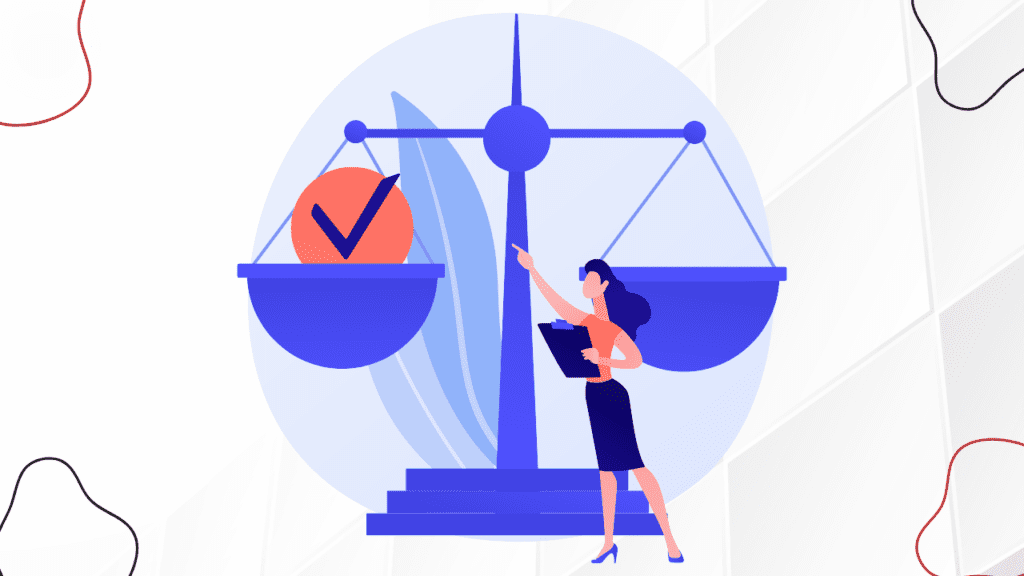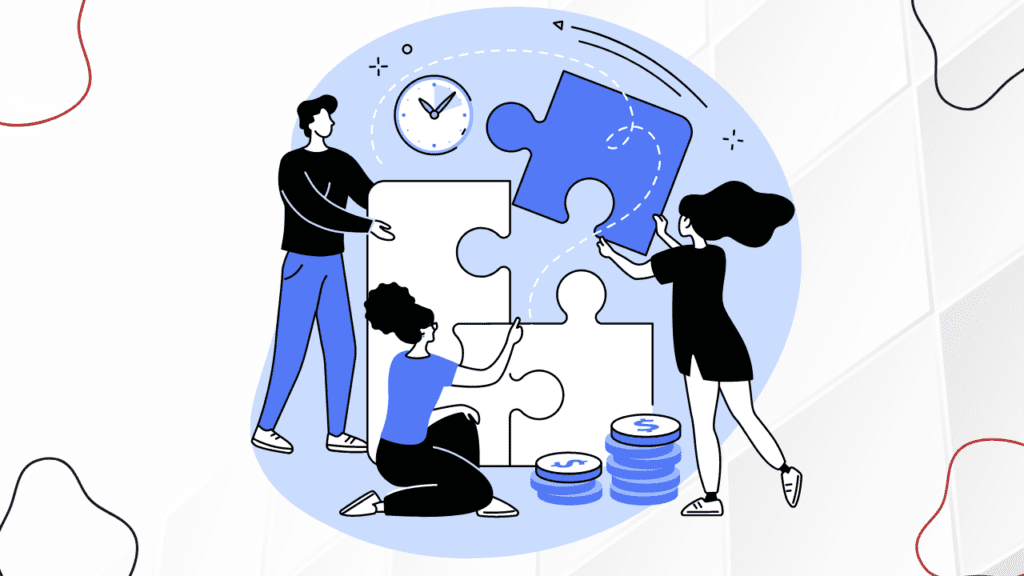A teacher can serve as a coach, club sponsor, tutor, or counselor outside the classroom. The roles and responsibilities of a teacher outside the school are in no way less than her responsibilities inside the classroom. Discussing these duties of a teacher is essential because teachers play numerous roles in a student’s life that help students move on the right path and build their personalities.
This blog talks about the different roles and responsibilities of a teacher, such as mentoring, leadership, collaboration, etc.

Different roles of a teacher
Teachers are a very important contributor and part of society. They have the responsibility of molding the future generation. Apart from educating students and helping them achieve their goals, there are important roles teachers play in the lives of every student. Such as:
1. Counselor
Being able to counsel your students properly is one of the most important roles and responsibilities of a teacher. The role of teachers as counselors comes naturally to most teachers.
Most schools employ counselors to deal with problems and non-academic issues that affect a student’s academic development. However, a lot of teachers themselves volunteer as student counselors.
Typically, this is because students feel more at ease confiding in a teacher they already like than the school counselor. A class teacher spends a lot of time with kids in the classroom. Thus they might be the first to notice an issue the student might be dealing with and need some help.
Learn how to shape young minds for a bright future. Give us a chance to connect with you!
2. Facilitator
In the entire teaching-learning process, there are many roles and responsibilities of a teacher that plays a crucial role. After all is said and done, the teacher is still the one who can make education the most valuable human endeavor.
Being a facilitator to your students will help them give encouragement to those students who lack self-assurance, reassure those who are shy, not reject but divert an answer, aid in the search for solutions, and allow the opportunity to build on ideas and share personal experiences.
3. Collaborator
In a collaborative learning strategy, two or more people work together to comprehend a shared learning topic and finish a shared assignment. To complete the goal, they rely on one other’s resources, knowledge, and abilities.
Joint accountability exists for obligations and mistakes if any. They work individually on various parameters while assessing one another’s work to raise the caliber of the final product.
4. Delegator
A teacher is a person who distributes the responsibilities among the students and overviews the functioning of the class. Teachers, as delegators, don’t get too involved in the class. Rather they let the students have ownership of the tasks.
Delegation is one of the major roles of a teacher. These types of roles and responsibilities of a teacher are best suitable for group activities and subjects that require teamwork.
5. Role As A Club Patron
Beyond classroom teaching, some teachers volunteer to work as club sponsors. This is logical in certain cases as the course assignments of their teaching profession are a logical extension of the club.
Also read: Tips For Creating Assignment For Students
For instance, the fine arts teacher might be the best guide for an art exhibition, and the business teacher might be the right person to support students with their startup ideas.
A math class teacher will best guide the math team, and a science teacher will play an important role in the innovation club. Besides, students are already comfortable with their teachers. Hence, club activities will be fun for them.
6. A Resource
Teachers are the biggest resources for students. Teachers are like a library to students. They are the resource for every information. The information passed by the teacher is very trusting for the students.
For the students, the teacher is like a help to get them past the hurdles they face while studying, and this builds the trust of students in the teacher.
List of responsibilities of a teacher
The role of teachers in the classroom is extremely varied. She has to serve as a teacher, mentor, critic, counselor, motivator, and sometimes a friend in the classroom. The roles and responsibilities of a teacher can, however, go beyond the classroom. To foster the growth of a strong relationship with students or for other reasons, many teachers take responsibility outside the classroom.

1. Planning
One of the biggest roles and responsibilities of a teacher is to plan and prepare lesson plans and prepare for their lectures, the study material, the activities, and everything that is important to be planned before the actual lecture is delivered in the classroom.
2. Assessing student progress and participation
Not every student is so open to participating in every new thing or trying a new activity. This becomes one of the most important roles and responsibilities of teachers to encourage students to participate and try to explore every activity, learn new things, and understand what they like and dislike.
Keeping track of your student’s progress will help you provide them with proper guidance whenever needed.
3. Providing feedback
roles and responsibilities of a teacher. The most effective teaching and learning technique is feedback. Feedback helps in providing proper instructions to students, thereby helping them to better their learning process.
It helps in assisting them in understanding the subject they are studying. Giving and taking feedback on a regular basis helps both students and teachers to improve their performance every day.
4. Maintaining classroom discipline
Having a disciplined classroom environment leads to positive outcomes. To make your teaching more effective, it is important to have a disciplined classroom.
5. Responsibility for improving their teaching
Each student has a particular personality and requirements of his own. Teachers have to constantly change their teaching methods to address their needs.
Precisely adapting their teaching styles to meet each student’s skills and shortcomings takes a lot of time and work. Effective teaching requires the use of instructional tactics.
What is the importance of classroom management?
What initially occurs to you when you hear about classroom management? Classroom management refers to creating an environment for your students that helps them grow and learn effectively. With proper management of your classroom, you can engage your students well in learning.
- The key elements of effective classroom management are:
- Establishing rules and routines
- Creating a positive learning environment
- Using appropriate disciplinary measures
- Having good communication skills for teaching
- Fostering students accountability
- Encouraging students to learn new things
- Having regular feedback sessions with your students
- Adapting to good instructional strategies
- Establishing clear learning goals
To wrap up
Teachers have an important role and contribution to society. Apart from preparing and delivering effective classes, they are in charge of measuring and evaluating students’ progress.
Being an instructor, counselor, collaborator, etc., all at once makes a significant difference in the lives of their students. Therefore it is important to understand the roles and responsibilities of a teacher to deliver a better learning and teaching experience.
Get your own app in a minute! Hold live sessions, sell courses, and track student progress easily. Want to know more? Take a FREE demo now!
Roles and Responsibilities of a Teacher FAQs
A1. The responsibility of a teacher towards their students is to evaluate their strengths and weaknesses and guide them in the right direction.
A2. The most important roles of a teacher in the classroom are providing mentorship, inspiring learners, researching learning strategies, and many more.
A3. The prime responsibility of a teacher is to teach students and help them grow their academic knowledge.
A4. Some of the most important duties of a teacher are assigning work, grading papers, documenting progress, and keeping up with the parents.
A5. The role of a teacher as a role model is to inspire the students to recognize and achieve their highest potential.




